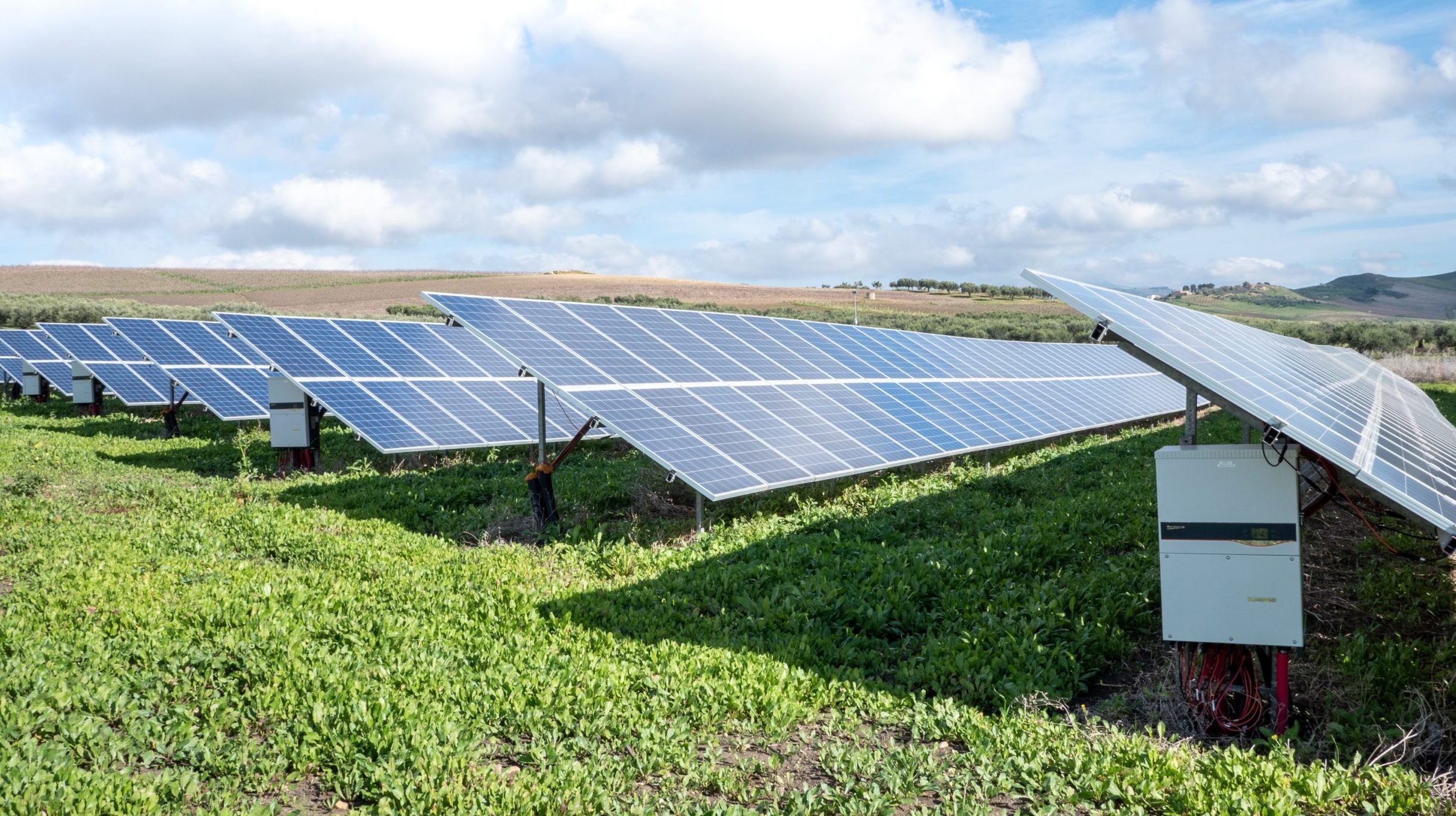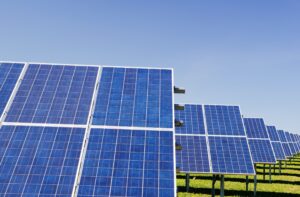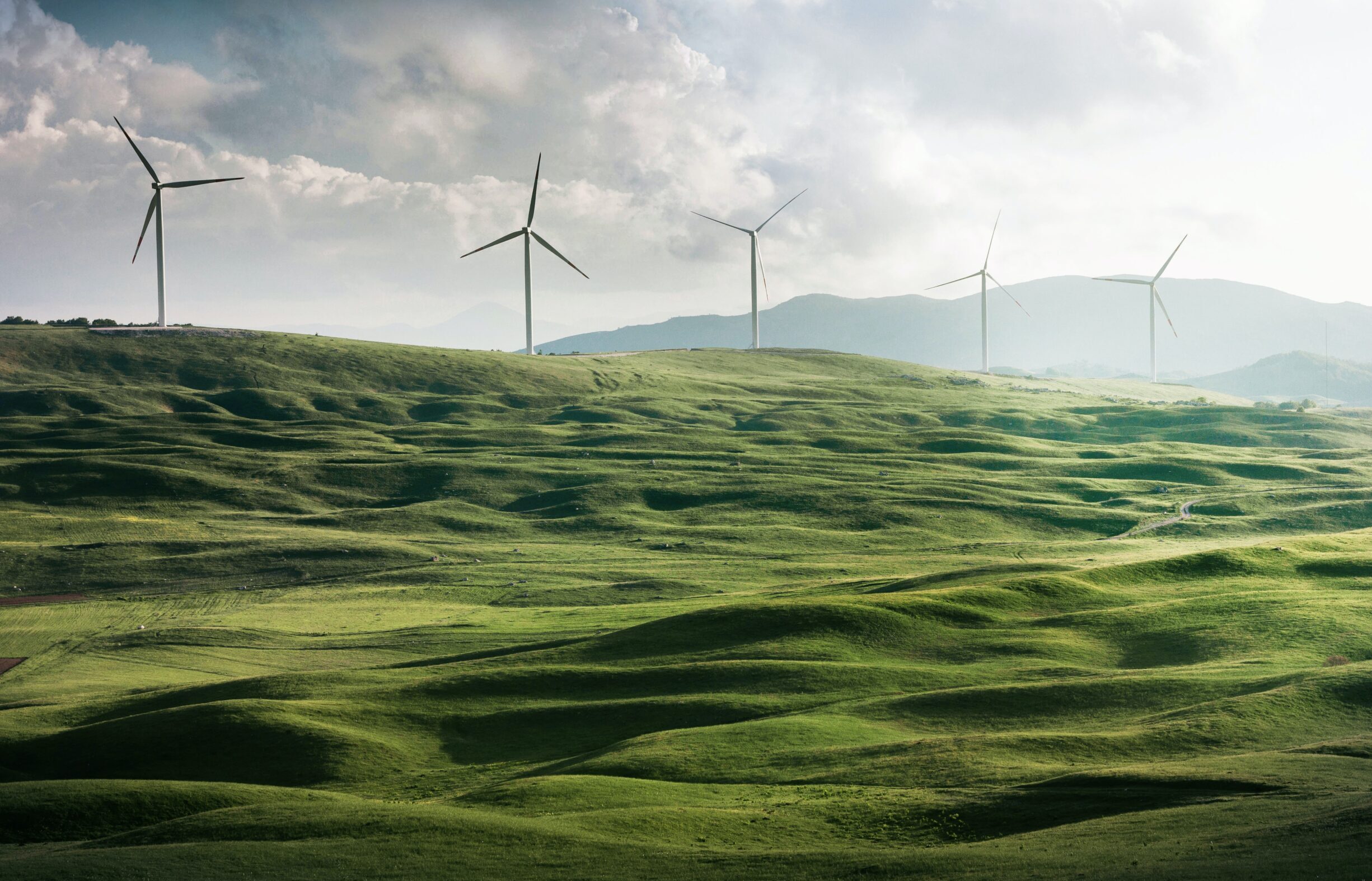As the world becomes increasingly aware of the impact of climate change, finding sustainable and clean sources of energy has become a top priority. From wind turbines to solar panels, there are many types of renewable energy available that can help us power our homes and businesses while reducing our carbon footprint. In this blog post, we’ll explore the various forms of clean energy and their benefits. We’ll also delve into some of the challenges facing these technologies and what the future holds for sustainable energy in our region. So sit back, relax, and let’s dive into a world powered by clean energy!
The Need for Clean Energy
Climate change is one of the most pressing issues of our time. The burning of fossil fuels has led to a significant increase in greenhouse gas emissions, which contribute to global warming and climate change. This has resulted in rising sea levels, extreme weather events, and other catastrophic consequences.
To address this issue, we need to shift away from traditional sources of energy like coal and oil towards more sustainable alternatives such as solar power, wind turbines and hydropower. By doing so, we can reduce our carbon footprint and mitigate the effects of climate change.

Moreover, clean energy is not only good for the environment but also for our health. Traditional sources of energy are often associated with air pollution that can cause respiratory problems and other health issues. Clean energy technologies produce fewer pollutants that harm both human health and the environment.
Furthermore, transitioning to clean energy could also provide economic benefits by creating new job opportunities in manufacturing, installation and maintenance sectors related to renewable energies production facilities or systems.
There’s no denying that there’s a compelling need for cleaner sources of electricity generation worldwide since it can solve challenges faced by every country concerning their economy growth sustainability while ensuring public welfare through environmental protection practices
Types of Clean Energy
Clean energy is becoming increasingly important as we aim to reduce our carbon footprint and move towards a more sustainable future. There are various types of clean energy sources available, each with its own benefits and drawbacks.
Solar power is one of the most popular types of clean energy. It involves harnessing the sun’s energy through solar panels installed on roofs or in fields. Solar power is renewable, meaning that it can be replenished naturally without producing greenhouse gases.

Wind power is another type of clean energy that involves using wind turbines to generate electricity by converting kinetic energy into electrical energy. Wind power does not produce air pollution or greenhouse gas emissions but can be affected by weather patterns.
Hydroelectricity uses water stored behind dams to turn turbines and generate electricity. This type of clean energy source produces very little air pollution but can have negative impacts on wildlife habitats and ecosystems.
Geothermal heat pumps use the earth’s natural warmth to provide heating for buildings during colder months, while cooling them during warmer months. Geothermal systems do not require fossil fuels to operate, making them an excellent alternative for heating and cooling purposes.
There are many different types of clean energy sources available today that offer viable alternatives to traditional fossil fuel-based methods. Each has its own unique set of advantages and disadvantages depending on location, climate conditions, infrastructure requirements, etc., making it essential for us as individuals and communities to choose wisely based on our needs and goals for a sustainable future.
The Benefits of Clean Energy
Clean energy is a term that refers to energy generated from natural and renewable sources such as wind, solar, geothermal, hydroelectricity and biomass. Unlike fossil fuels which emit harmful gases into the atmosphere when burned, clean energy does not pollute the environment. Here are some of the benefits of clean energy.
Clean energy reduces greenhouse gas emissions which contribute significantly to climate change. Clean technologies help reduce carbon emissions by replacing fossil fuel-based power plants with renewable resources like wind turbines or solar panels.
Transitioning to cleaner forms of energy can improve public health outcomes by reducing air pollution caused by burning fossil fuels. This leads to fewer respiratory illnesses such as asthma and other lung diseases.
Investing in clean energy creates job opportunities in manufacturing and installation industries while reducing dependence on foreign oil imports.
Furthermore, renewable energies have lower operating costs compared to conventional power generation systems since they require less maintenance and do not rely on fluctuating fuel prices.
Lastly but not least important , adopting sustainable practices for electricity production can also increase resilience against natural disasters such as hurricanes or earthquakes that could disrupt traditional power grids.
In conclusion it is clear that embracing clean energies offers numerous advantages including reduced carbon footprint; improved public health; job creation; cost savings; and increased resiliency.
The Challenges of Clean Energy
Transitioning towards a sustainable future powered by clean energy is not without its challenges. One of the biggest challenges faced by advocates of clean energy is the high initial investment cost. Clean energy technologies such as solar panels and wind turbines require significant amounts of capital upfront before they can begin generating returns.
Another challenge that comes with integrating clean energy into our existing infrastructure is the intermittency issue. Unlike traditional fossil fuels, renewable sources like wind and solar power are subject to fluctuations based on weather patterns, time of day and other factors beyond our control.
Furthermore, finding suitable locations for large-scale renewable projects also presents another obstacle in many regions. Land use conflicts arise when planning authorities face objections from local communities or environmental groups who are opposed to locating these facilities near their homes or protected natural habitats.
There’s also an ongoing debate regarding how best to store excess energy generated by renewables during times when demand is low. Developing viable solutions for long-term storage remains a critical area of research for scientists and engineers alike.
Despite these challenges, it’s important to remain optimistic about moving forward with harnessing clean energies to tackle climate change head-on.
The Future of Clean Energy
As we move towards a more sustainable future, it is evident that clean energy will play an integral role in powering our lives. With advancements in technology and increasing awareness about the impact of traditional sources of energy on our environment, clean energy has become a viable alternative.

The future of clean energy looks bright as governments worldwide are investing heavily in renewable resources and setting ambitious targets to reduce carbon emissions. As individuals, we can also do our part by choosing to use cleaner sources of energy like solar or wind power.
However, there are still challenges that need to be addressed before we can fully harness the potential of clean energy. These include issues like storage and distribution, which require further research and development.
Nonetheless, one thing is for sure – the demand for clean energy will continue to grow as we strive towards a greener tomorrow. It’s time for us to embrace this change and work together towards creating a sustainable future powered by clean energy.
